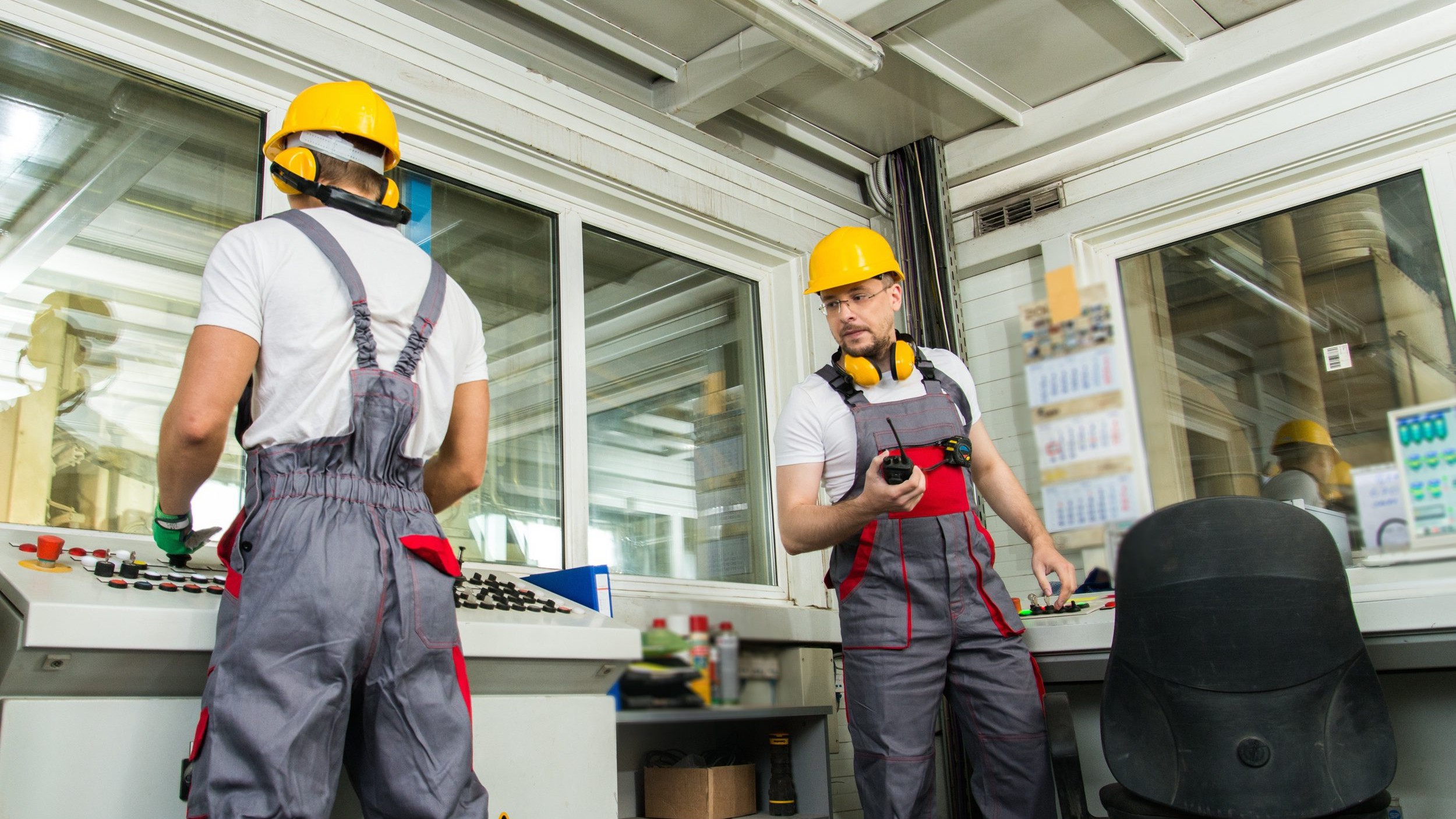Mounting a computer isn’t just screwing in a few bolts into a strip of metal and calling it a day; there are stronger reasons for rack mounted computers and DIN rail computers than just looking professional. Rack mounts are best employed to keep hot and cold air moving at efficient rates. DIN rail computers follow a worldwide standard so professionals can easily mount them and other devices to a DIN strip. Let’s take a look at reasons some industrial companies utilize rack and DIN mounting for computers and possible problems when they’re not used in place of a consumer-grade PC.
Rack Mounted Computers Alleviate Heat and Manage Cabling
Rack mounted computers aren’t just installed in racks because it’s convenient; heat plays a major factor in the design for mounts. Imagine gathering several tower computers together in a room, connecting them haphazardly, flicking the power switch, and letting the computers sit without ventilation. That’s the equivalent of putting a computer in the oven for several hours—that infrastructure won’t last. Without a proper structure with the right industrial computers in place to route heat and wires, the server room in question will cook every component within it. In a server rack mount computer configuration, there are layout designs called hot/cold aisle configurations. They’re in place to ensure hot and cold air don’t mix. That’s why rack mounted computers have a superior design over consumer-grade PCs—since they will be functioning as “always on,” it’s important to design their cases in a matter so that they’re easily removable if need be and cold/hot air can flow liberally throughout their vents.
DIN Rail Computers Are Uniform
Without a mounting standard for computers, how can an individual know what they’re getting and how to mount it? If there’s no standard met with mounting an industrial computer, one can easily get lost in translation trying to match a random mounting bracket with a DIN strip. One of the greatest benefits to DIN mounting is that there’s no guesswork. DIN is a German national organization that sets measurement standards for a range of applications such as electrical connections, paper sizes, film speeds, and other standards. If a company decides to make it’s own mounting standard, industry professionals would be forced to stick with their proprietary industrial computers and terminal blocks. What if a company needs to purchase a range of products from different manufacturers, each with their own standards? That would lead to a potential pathway of unnecessary clutter, especially if a company requires four or five different standardized mounts. Standardizing the mounts through DIN make it easy to organize and mount DIN rail computers so there’s a neater possible configuration of components that retail off-the-shelf computers can’t provide.
DIN Rail Computers are Protected
If there’s a loose ground on an industrial computer for whatever reason, there’s an obvious risk of losing data, facing a short-circuit fiasco, or an entire system failure happening. Plus, heat has a tendency to rise upwards—if a series of computers are mounted together on a vertical rail, what kind of heat is each industrial computer receiving? How will cabling be handled with an entire coupling of computers? Gathering heat-producing electrical devices together can be a heat and electrical risk. That’s one reason why DIN mounts are standardized—they function as grounds for each computer. A DIN mount’s metal composition is important to the series of DIN rail computers installed on it. Aluminum is a common metal to use for ground transfer in the case of galvanic corrosion or electrical problems—it’s lightweight, too. Copper mounts can act as heat conductors, drawing away heat from the military grade computers. Plus, DINs function as proper cabling pathways. Setting up a bunch of retail computers to reside on a warehouse floor with cables strung everywhere is not an ideal solution for safety—either for the computer or for who might be using them. Protect your investments and your employees by mounting your DIN rail computers whenever possible to keep electrical hazards down and maintain a professional look.
Cable management, protection from heat, power distribution, and grounding all come to mind when handling rack and DIN mounted computers—that functionality isn’t just a matter of having convenient access to the computer in question when it’s needed. It’s a matter of optimizing your server installation layout to protect your data and ensure your network installation has zero problems in its design. That’s why choosing an industrial computer is a better option than consumer-grade.
Industries That Rely On All–in–One Computers
April 23, 2015
All–in–one computers have emerged to become the device of choice for several professionals. In the past, computing devices were severely limited to bulky and unwieldy machines that operated at a snail’s pace. Now, the…
0 Comments5 Minutes
Ingress Protection Markings and All–in–One Computers
May 4, 2015
All-in–one computers have proven to be cost-effective within several industry sectors. For professionals who work within environments where space is a scarce commodity, the space saving qualities of these devices…
0 Comments4 Minutes
Combating Modern-Day Ergonomic Challenges with All-in-One Computers
February 19, 2015
The primary role of workplace ergonomics has always been to enrich the workforce’s experience while they are performing their respective job duties. The intended outcome of incorporating ergonomic practices at…
0 Comments5 Minutes
You Can't
Learn from a Pop-up
But we can deliver knowledge to your inbox!
We dive deep in the industry looking for new trends, technology, news, and updates. We're happy to share them with you.
Knowledge, News, and Industry Updates Right in Your Inbox





